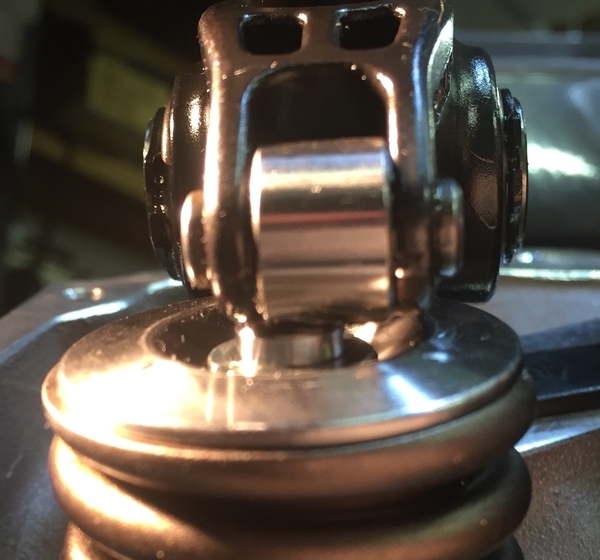Well, after more than a year in complete overhaul/restoration, I finally got my beloved Pantera (#5253) back today. It's bittersweet, however, and after the more than a few deliveries followed by immediate returns due to problems, I'm sort of at my limit considering the six figures I've put into the car chasing the dreams of my childhood.
Part of the project included a new engine. A Ford Boss 427F engine (https://performanceparts.ford.com/part/M-6009-427F) with Ford Z2 heads (https://performanceparts.ford.com/part/M-6049-Z2) was built for the car, using a Jesel valve train. I've got a 750CFM carb on it. All of the work was done locally at a shop here in Las Vegas, NV. I haven't done anything to the car yet.
One would expect that with a 7.0L engine, the car would be devastatingly fast. At least as fast as the 2014 Shelby GT500 she shares the garage with. However, the car still has issues and I'd like to get some advice from folks on the forum.
1. The car runs way too rich. The exhaust is, literally not joking, eyewatering. If you're in the garage with this thing idling, it's going to be just like you were when they shot Ol' Yeller.
2. The car reeks of gasoline, but there are no leaks in the fuel system or the tank.
3. The car is gutless. With a 7 liter stroker, it's got practically no cajones. Not that I'm looking to do burnouts at highway speed or have to be put in traction due to the insane acceleration, but I feel like it should be a lot more...responsive when you dig into it a little.
4. There is a tremendous vibration through the car at around 2200RPM that only goes away if you're above 3000 or below 2000 RPM. It's so bad that the rear view mirror is largely useless. The engine is supposedly internally balanced from Ford and, as with the rest of this car, everything is quite literally new.
I get the feeling that a lot of the issues with the car are stemming from most shops nowadays not really knowing what to do with a car unless it's got the cookie cutter LS swap with a self-learning EFI system slapped onto it. It doesn't feel like it's been tuned at all, it's just been set to dump buckets of gasoline into the cylinders to keep it running. I loathe to return it to the same shop again because it's been dropped off three times now and returned twice. I get the feeling I'm going to have to end up learning how to tune carbs.
So, if anyone has any pointers on where to start addressing these problems and any advice to share, I'd really appreciate it. Also, apologies if this was also part rant...because it kinda is.



